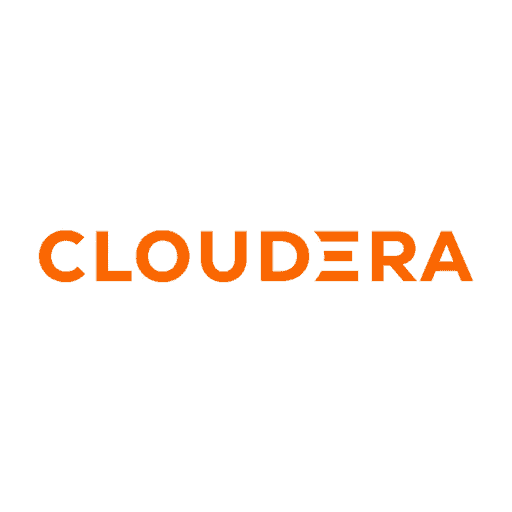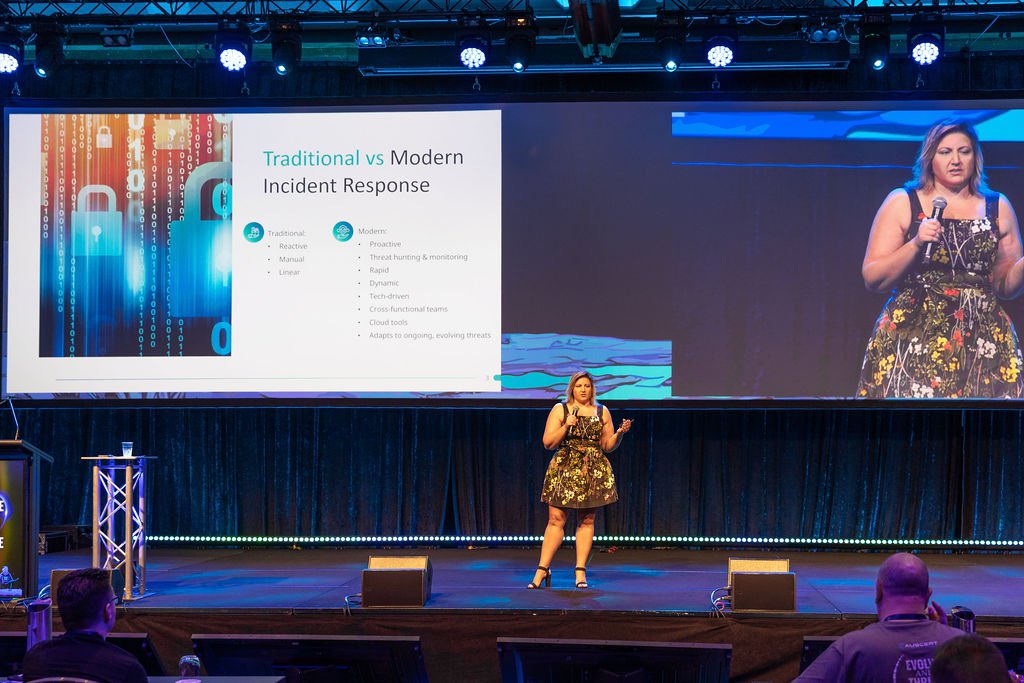Attributed to: Keir Garrett, Vice President, Cloudera Australia and New Zealand
Businesses across industries are in the process of realising their digital transformation efforts and looking to further mobilise emerging technologies such as artificial intelligence (AI) and machine learning for improved operational efficiencies and cost reduction. According to IDC, Australia’s spending on AI systems will reach $3.6 billion by 2025, further representing a compounded annual growth rate (CAGR) of 24.4% from 2020 to 2025. The continued evolution of AI and machine learning algorithms has driven the adoption of machine learning and processing. From financial institutions to telecommunications, manufacturers to retail, we are seeing organisations leverage these technologies in innovative ways that transform the business.
As more industries mature digitally and widely adopt these technologies, 2023 will be a pivotal year for organisations looking to deploy emerging tech solutions across business functions. Here are four key trends that will likely dominate business priorities in the coming year.
Trend 1: Treating data as a strategic business asset
Recent years have seen organisations generating unprecedented volumes of data as a by-product of their digitalisation activities and increasing digital customer touch points. This is especially so in industries like telecom, retail, healthcare, manufacturing, insurance, and financial services industries. And with the anticipated deployment of 5G networks across the region, this volume of data will increase significantly.
Across Australia and New Zealand, we have observed that organisations are doing, or aiming to do, more with their data, and reduce the time to value. Data contains valuable insights for critical business decision-making and the most innovative and successful organisations recognise data as a strategic resource that demands its own strategy. How this strategy looks depends on the organisation’s unique business needs as one affects the other. There is no one size fits all approach; the strategy must continue evolving with the business’s priorities.
What is certain is that having an enterprise data strategy aligned to the organisation’s cloud strategy and business priorities will help the organisation drive greater business value by improving operational efficiencies and unlocking new revenue streams. According to findings from the Enterprise Data Maturity research, 5.97% of enterprises in Australia and New Zealand with mature data strategies of more than a year report achieving higher profit growth. The research also found that 71% of Australian businesses have yet to democratise access to centralised analytics tools and support, making it challenging for business divisions to collaborate.
With the right tools in place, distilling actionable insights from data to achieve business objectives or unlock new revenue streams is easily achievable for organisations of all sizes across industries, especially with the availability of self-serve functionalities that does not require specialised ops or cloud expertise.
Trend 2: Operationalising adaptive AI systems for quicker business decision-making
With the increase in demand for real-time data processing, streaming, and sharing to power organisations transform into data-driven organisations, we anticipate more businesses investing in building adaptive AI systems that can ingest large amounts of data at frequent intervals and adapt to changes and variances quickly.
What will determine the winners from the laggards will hinge on the speed at which predictive analytics can be executed, and the cost-benefit ratio related to these algorithmic paradigms. An organisation’s ability to create trust with usable and explainable AI for faster and flexible decisions will separate the leaders from the pack.
We foresee organisations pivoting focus beyond the algorithm to things like business-ready predictive dashboards, visualisations, and applications that simplify the use of AI systems to reach conclusions. These will help business leads quickly understand the impact to their business and act with confidence.
We have been working with ANZ organisations to operationalise data analytics and AI solutions to unlock data-driven decision making and operational efficiency, with them quickly seeing distinct business benefits. For example, Deakin University uses analytics to improve its teaching and learning experiences with real-time insights into student learning patterns as well as various data sources for a more personalised support to its 60,000 students. Through the Cloudera Data Platform, Deakin ingests and processes more than 8.8 million data events per day from disparate systems, including learning management, registrar, administration and occupancy analytics.
Trend 3: Continued move to the public cloud and hybrid cloud, optimising deployments
Public cloud spend and workload volumes continue to accelerate for organisations of all sizes as cloud-first policies and cloud migration remain top of the agenda for senior IT leaders. However, a significant amount of this spend is wasted as organisations struggle to optimise costs effectively.
According to Flexera’s 2022 State of the Cloud Report, respondents self-estimated that their organisations waste 32% of cloud spend in 2021, up from 30% the previous year. As cost optimisation remains the top cloud initiative for organisations for the sixth year running, we will likely see organisations opt for more cost-effective strategies to deliver results quickly and efficiently, including:
- Migrating more workloads to the cloud to free up resources while driving agility
- Implementing data and analytics solutions that can manage the end-to-end data lifecycle – from ingesting data from multiple sources to storing, processing, serving, analysing and modeling it to drive actionable insights
- Repatriating some machine learning workflows back on-premise, where complex processes are more cost effective, to optimise cloud spend for compliance, governance and security
This is where leveraging modern data architectures like data lakehouse, data fabric and data mesh is essential to driving business efficiencies across diverse operations. In addition to managing data on-premises and in public or private clouds, these modern data architectures are also intrinsically designed to handle complexities such as security and governance related issues. They also address the concerns of IT teams in allowing access to organisational data.
Organisations can consider moving to hybrid data platforms that can manage the entire life cycle of data analytics and machine learning. The platforms must have features of openness and interoperability that allows ease of sharing and enables self-serve functionality, such as the Cloudera Data Platform (CDP) which has a built-in shared data experience (SDX) feature. These features provide businesses with a common metadata, security, and governance model across all their data.
Trend 4: Leveraging SaaS solutions to address business challenges
As organisations optimise cloud usage as a cost-control measure and continue migration of workloads to the cloud, the costs to manage, maintain, and operate traditional data centers will be reduced. In addition, lesser assets, including labor resources, will be required to oversee the data center, freeing them up to focus on further efforts to innovate the business. This is crucial during the tight labor market that we are facing now.
The right SaaS solution will provide access to the technologies that businesses need to innovate, alongside scalability and flexibility that is required to remain resilient through these turbulent and ever-changing times.
As talent resources remain tight in the anticipated economic slowdown, we expect this to drive more demand for IT outsourcing services and SaaS solutions to address cloud, security and big data skills shortages. This is where initiatives like Cloudera’s partnership with Generation is crucial in bridging the talent gap – by improving access to digital skills, mentorship and learning resources, and transforming education to employment opportunities.
Overall, organisations across Australia and New Zealand need to take the time to evaluate their business processes before embracing cloud, edge, and data capabilities. It is crucial to determine the approach and strategies that best fit the unique needs of their business, where these capabilities are a means of benefiting the entire organisation and not just to solve specific problems.





